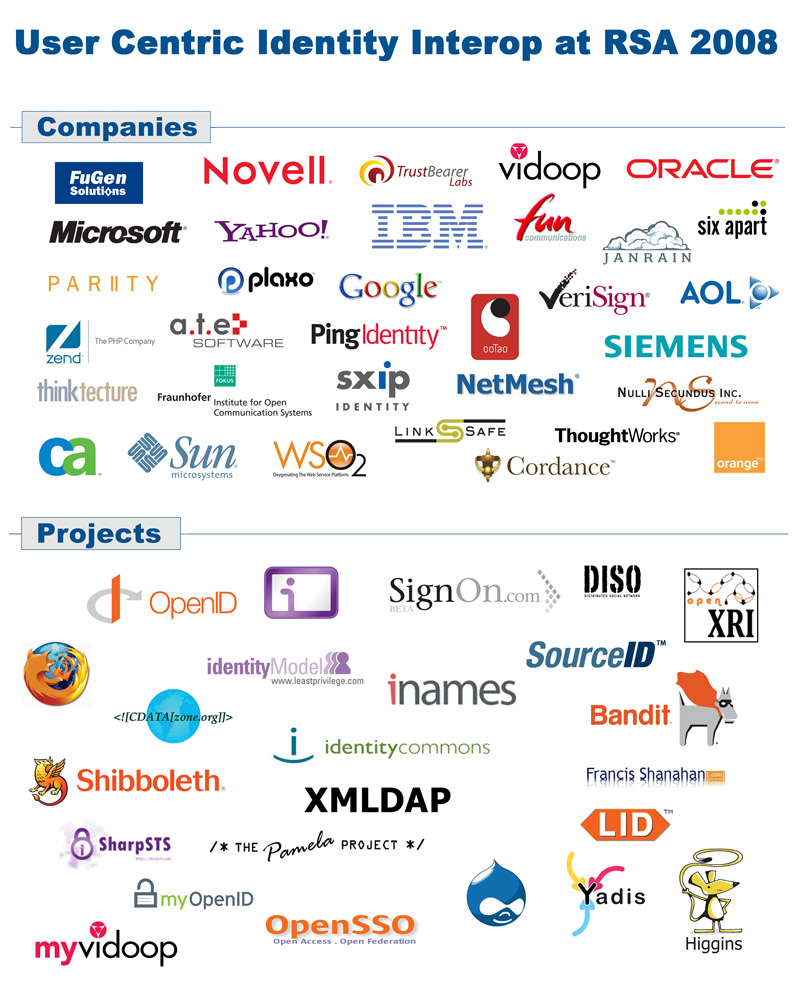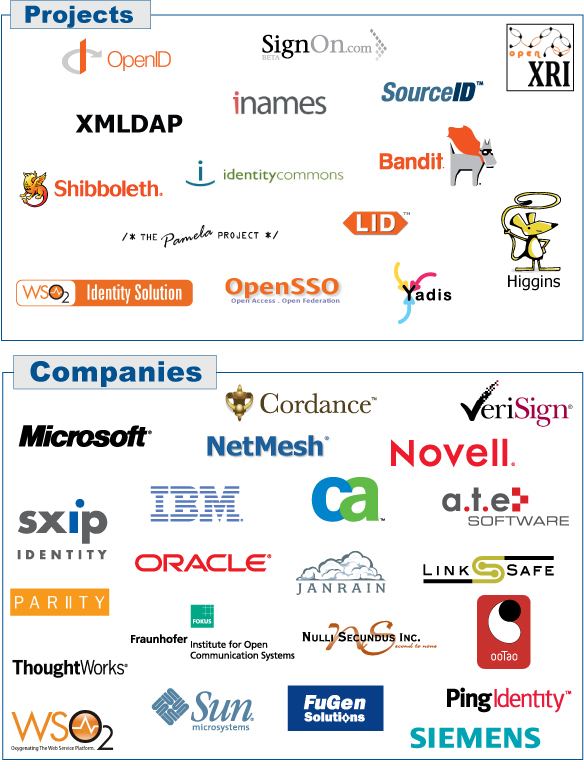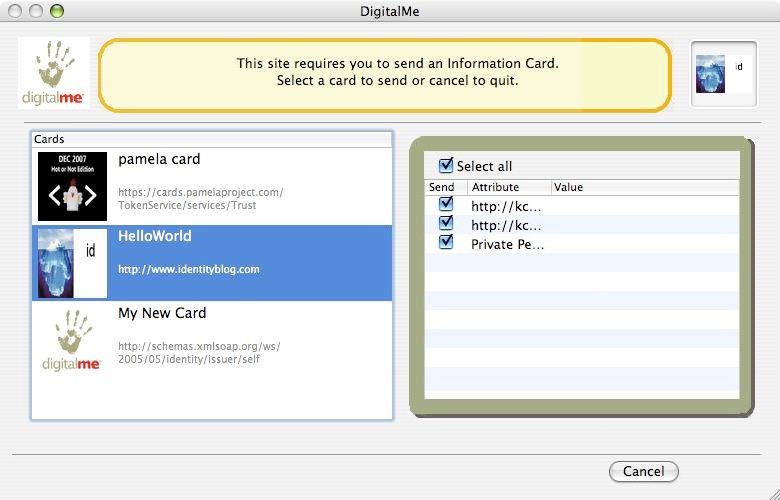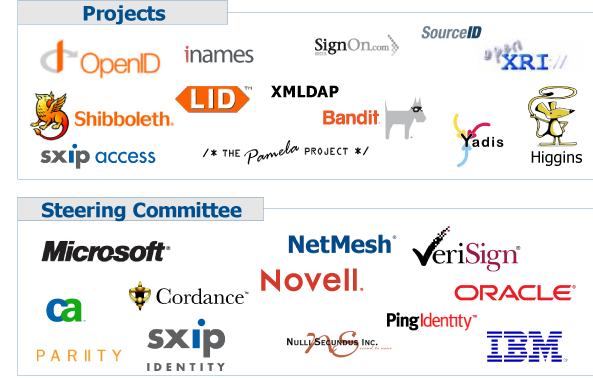
In May 2005, when I wrote the whitepaper “Microsoft’s Vision for an Identity Metasystem“, these sentences were aspirational:
Microsoft’s implementation will be fully interoperable via WS-* protocols with other identity selector implementations, with other relying party implementations, and with other identity provider implementations.
Non-Microsoft applications will have the same ability to use "InfoCard" to manage their identities as Microsoft applications will. Non-Windows operating systems will be able to be full participants of the identity metasystem we are building in cooperation with the industry. Others can build an entire end-to-end implementation of the metasystem without any Microsoft software, payments to Microsoft, or usage of any Microsoft online identity service.
Now they are present-day reality.
This didn’t happen overnight and it wasn’t easy. Indeed, despite it being hard, the identity industry saw it as vitally important, and made it happen through concerted, cooperative effort. Key steps along the way included the Laws of Identity, the Berkman Center Identity Workshops in 2005 and 2006, the Internet Identity Workshops, the establishment of OSIS, the formation of the Higgins, Bandit, OpenSSO, xmldap, and Pamela projects, publication of the Identity Selector Interoperability Profile, the Open Specification Promise, the OSIS user-centric identity interops (I1 rehearsal, I1, I2, I3, and the current I4), the OpenID anti-phishing collaboration, the Information Card icon, and of course numerous software releases by individuals and companies for all major development platforms, including releases by Sun, CA, and IBM.
Of course, despite all the groundwork that’s been laid and the cooperation that’s been established, the fun is really just beginning. What most excites me about the group of companies that have come together around Information Cards is that many of them are potential deployers of Information Cards, rather than just being producers of the underlying software.
The Internet is still missing a much-needed ubiquitous identity layer. The good news is that the broad industry collaboration that has emerged around Information Cards and the visual Information Card metaphor is a key enabler for building it, together in partnership with other key technologies and organizations.
The members of the Information Card Foundation (and many others also working with us) share this vision from the conclusion of the whitepaper:
We believe that many of the dangers, complications, annoyances, and uncertainties of today’s online experiences can be a thing of the past. Widespread deployment of the identity metasystem has the potential to solve many of these problems, benefiting everyone and accelerating the long-term growth of connectivity by making the online world safer, more trustworthy, and easier to use.
In that spirit, please join me in welcoming all of these companies and individuals to the Information Card Foundation: founding corporate board members Equifax, Google, Microsoft, Novell, Oracle, and PayPal; founding individual board members Kim Cameron, Pamela Dingle, Patrick Harding, Andrew Hodgkinson, Ben Laurie, Axel Nennker, Drummond Reed, Mary Ruddy, and Paul Trevithick; launch members Arcot Systems, Aristotle, A.T.E. Software, BackgroundChecks.com, CORISECIO, FuGen Solutions, Fun Communications, Gemalto, IDology, IPcommerce, ooTao, Parity Communications, Ping Identity, Privo, Wave Systems, and WSO2; associate members Fraunhofer Institute and Liberty Alliance; individual members Daniel Bartholomew and Sid Sidner.











 The coolest thing in the session was the first public demo of the Bandit/Higgins cross-platform Identity Selector. During the demo Dale and I both used the same self-issued Information Card (that I created on the BrainShare show floor :-) ) to log into a Bandit relying party site, Dale from Linux and me with Windows CardSpace. As Dale and
The coolest thing in the session was the first public demo of the Bandit/Higgins cross-platform Identity Selector. During the demo Dale and I both used the same self-issued Information Card (that I created on the BrainShare show floor :-) ) to log into a Bandit relying party site, Dale from Linux and me with Windows CardSpace. As Dale and